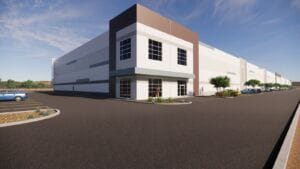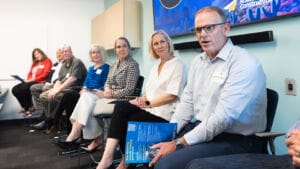
There’s another trend growing out of the Affordable Care Act’s (ACA) emphasis on wellness. Mark Stapp, a professor of real estate practice and executive director of Arizona State University’s Master of Real Estate Development program at the W.P. Carey School of Business, says the trend can benefit Arizona’s economic development efforts.
“You say sustainability, and people think about energy, green building and conservation,” he says. “In reality, sustainability also includes a healthy workforce. When the workforce is healthy, productivity increases.”
Stapp says a combination of Millennials’ lifestyles combined with an aging boomer population means changes in development patterns. “Improved healthcare and an emphasis on wellness shifts where and what space is in demand. The population wants healthy places to live.”
Stapp sees the trends as drivers bringing populations closer to city centers. He also believes a healthy community is a big economic development selling point.
“The movement (in the Affordable Care Act) is to maintain and improve health rather than fix it,” he says. “This is crucial with the shortage in primary care physicians. It also means that healthy living is going to become integrated in other areas of the community.”
Stapp sees new business models developing around the ideals of healthy living. “As (the ACA) evolves, its policies will change and encompass a broader range of health care and wellness options. Integrative healthcare will become far more important,” he says.
What this means to economic development, Stapp explains, is that healthy cities are more productive.
“Supporting healthy lifestyle choices becomes a competitive advantage,” he says. “This is a direct shift of a portion of healthcare responsibility from insurance companies to communities.”
Changing the types of medical practices and patterns will also change building design and usability. “Real estate has value to support an activity,” he says. “If an activity goes, so does building value.”
Stapp sees a gradual change in office environments. “There is a shrinking demand for space. Can medical campuses withstand the test of time?” he asks. The bigger pie, in terms of health care and wellness, he says, is to look ahead to rapidly emerging trends that may make today’s medical office infrastructure useless.
“People are capital,” says Stapp. “Businesses are going to protect capital, and that is going to lead to adaptation when the demand creates new opportunities with different office uses.”



